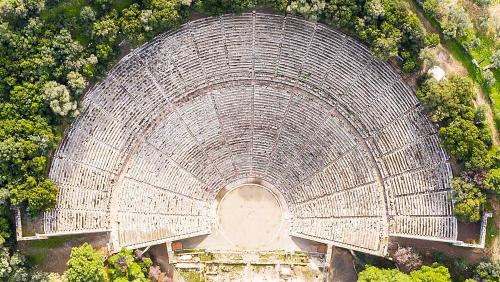Mining operations are essential for the extraction of valuable minerals and resources that are used in various industries, but they also produce a significant amount of waste that needs to be properly managed. One method that has been proposed as a solution for dealing with mining waste is incineration. However, whether incineration is the solution or the problem for mining waste is a topic of debate among experts.
Incineration is a process where waste materials are burned at high temperatures to convert them into ash, flue gas, and heat. This method has been used for years to reduce the volume of waste and decrease the potential for environmental pollution. In the context of mining waste, incineration can be used to treat various types of waste, including tailings, waste rock, and sludge.
Proponents of incineration argue that it can effectively reduce the volume of mining waste and eliminate harmful chemicals and pollutants. By burning the waste at high temperatures, incineration can break down hazardous materials and reduce their toxicity. This can help prevent soil and water contamination, as well as reduce the risk of harm to wildlife and human health.
Furthermore, incineration can also recover valuable metals and materials from mining waste, making it a potentially cost-effective solution for the mining industry. By separating out the metals and other valuable resources from the waste, incineration can create new revenue streams for mining companies and reduce the need for new resource extraction.
However, critics of incineration argue that it may not be the best solution for managing mining waste. The process of incineration itself can generate air emissions and ash that may contain toxic substances, which can potentially pose risks to the environment and human health. Additionally, the high temperatures required for incineration can also release greenhouse gases and contribute to climate change.
Furthermore, there are concerns about the long-term consequences of incinerating mining waste. While incineration can reduce the volume of waste, it does not eliminate the problem of resource depletion and the environmental impact of mining operations. It is important to consider the full lifecycle of mining waste management, including the extraction, processing, and disposal of waste materials.
In conclusion, the debate over whether incineration is the solution or the problem for mining waste is complex and depends on various factors, including the type of waste, the technology used, and the environmental regulations in place. While incineration can offer benefits such as waste reduction and resource recovery, it also raises concerns about air emissions, toxic ash, and long-term environmental impacts. It is crucial for mining companies to carefully consider the implications of incineration and explore alternative waste management strategies that prioritize environmental protection and sustainability.






